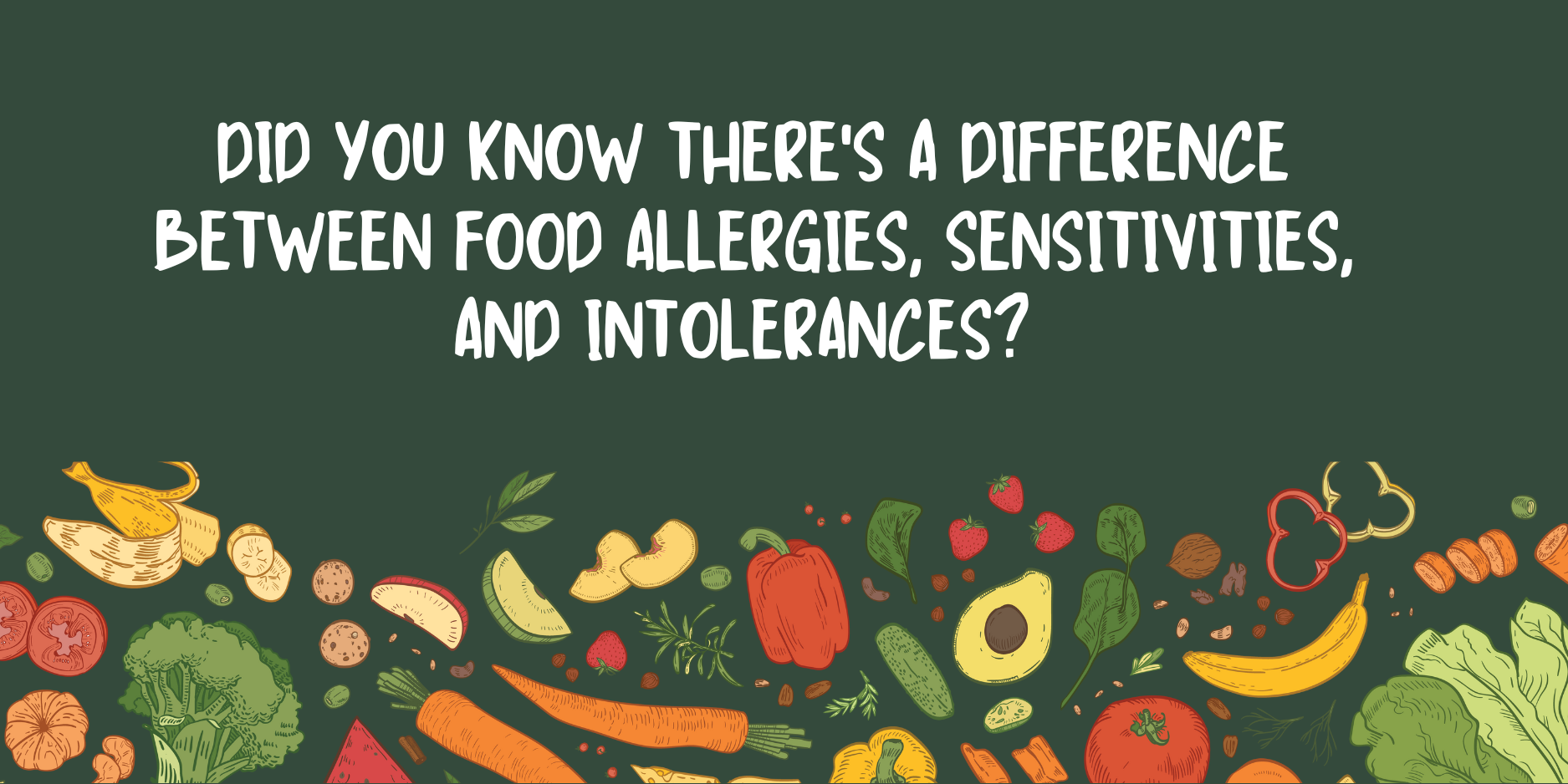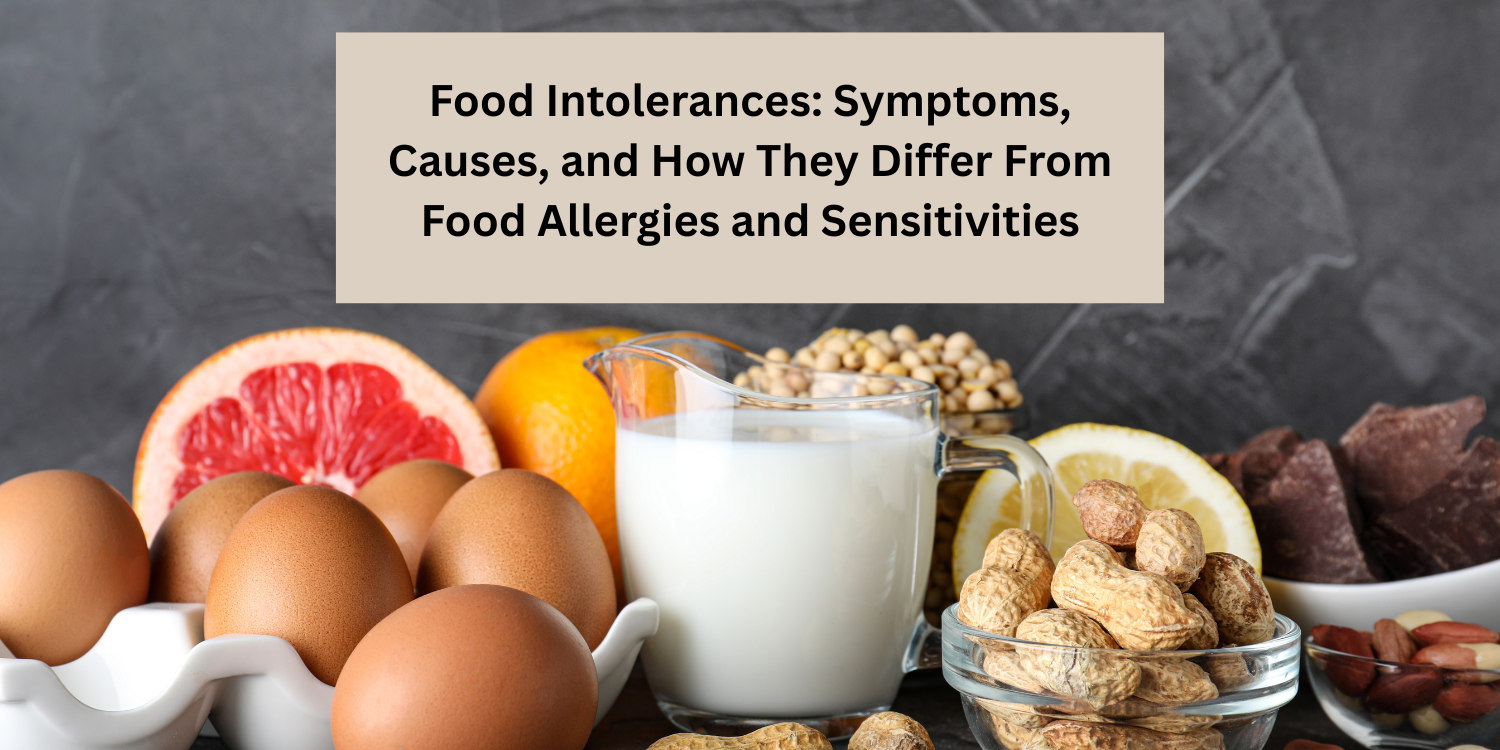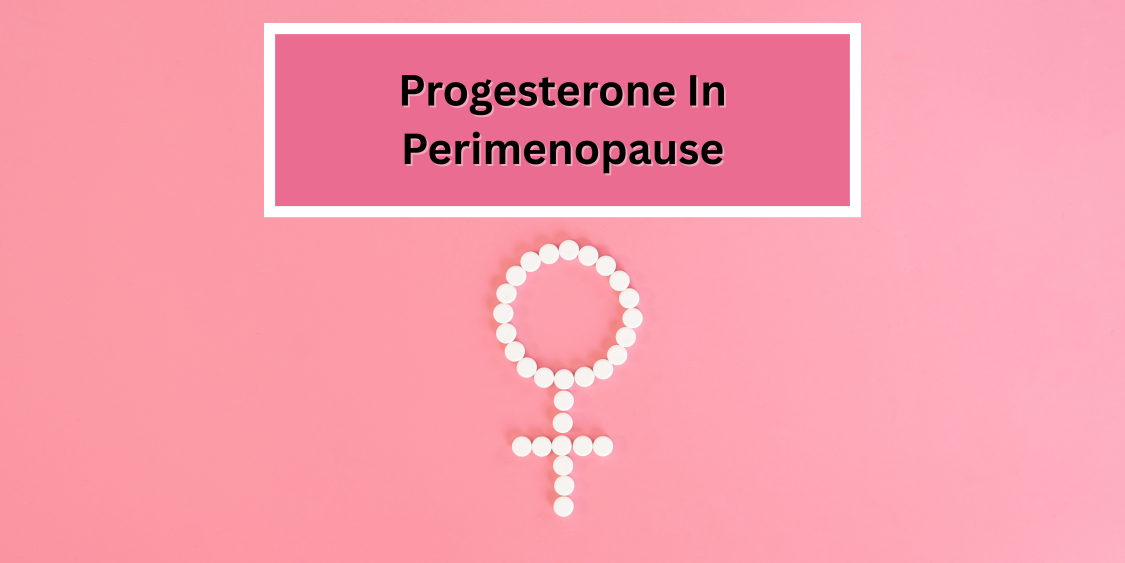

Testing for Food Sensitivities
Hi. This is Dr. Emily Parke with your Functional Health Minute. Today I would like to talk to you about how to figure out what food sensitivities you have.
Blood Tests
So, there are blood tests out there and in a previous video I’ve recorded, we had went over exactly what the difference was between allergy, sensitivity and intolerance. So, you can reliably test for IgE food allergies in the blood with a standard blood test that you can get done at most local laboratories. But that is only one part of the immune system’s response to foods. 65% or more are food sensitivities. So, there really isn’t one blood test to date that looks at every single part of the immune system’s response. So, that makes it very difficult to say 100% when you get results of food sensitivity tests in, “Yes this list is foods that you can eat and your body is not responding to,” or, “No, these are foods your body is responding to and you can not eat.”
What you can say when you get the test results is that, “Okay, of the positives of the ones that responded, you can say the immune system is responding to those in some way,” but all the negatives you can’t say anything about because like I mentioned, there’s not one test that looks at every single part of the immune system’s response. So, it’s possible a different part of the immune system that wasn’t tested with the test you had done is responding to that food. So, that really makes it difficult to figure out what foods you are or are not sensitive to.
Elimination Food Plan
The gold standard still to this day is really an elimination food plan and carrying that out. An elimination food plan eliminates certain food groups for a period of 30 days and the 30 days is pretty important because it takes your body’s immune system 23 days to calm down by half if it’s responding to a food. In other words, that’s the half life of the immunoglobulins. So, 30 days gets you well past that halfway point to where it becomes obvious when you reintroduce a food after the 30 days it will become obvious if you have a symptom or reaction to it or not. As I previously mentioned too, it can take up to three days for your body’s immune system to create a response to that. So, the true answer to figuring out what your food sensitivities and food allergies really are is to do a 30 day elimination food plan. This is Dr. Emily Parke with your Health Minute.
Share:
Social Media
Most Popular Posts



Testosterone Replacement In Menopause

Progesterone Therapy In Perimenopause
Subscribe To Our Newsletter
Related Posts

Did you know there’s a difference between food allergies, sensitivities, and intolerances?
Did you know that there’s a difference between food allergies, food sensitivities and food intolerances? Food allergies, the reactions tend to happen pretty immediately and

Food Intolerances: Symptoms, Causes, and How They Differ From Food Allergies and Sensitivities
Eating a wide variety of whole foods is a key way to ensure a nutrient-rich diet full of vitamins and minerals. But what happens when

Testosterone Replacement In Menopause
What about adding testosterone replacement for women on hormone replacement therapy? Well, it can be really, really helpful for energy, libido, body composition changes. When

Progesterone Therapy In Perimenopause
What about progesterone therapy in menopause? So if you are on hormone replacement therapy with estrogen and you have a uterus, meaning you have not
